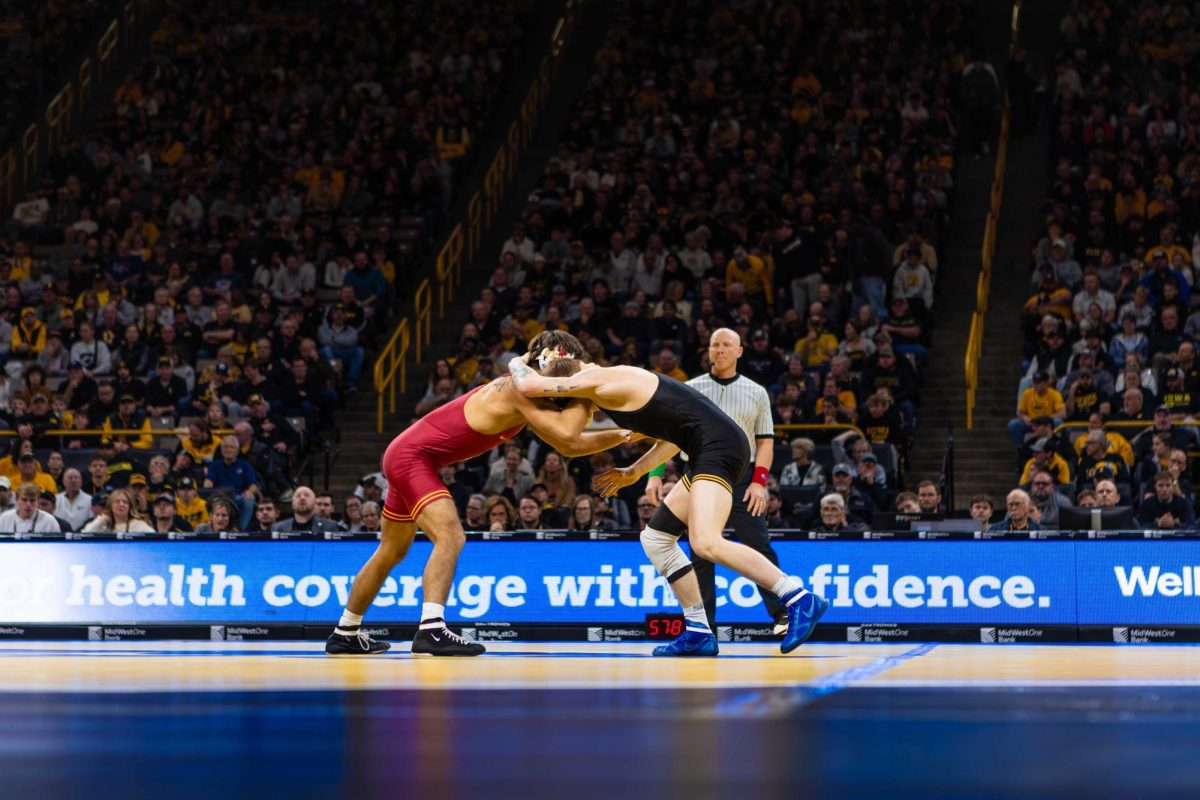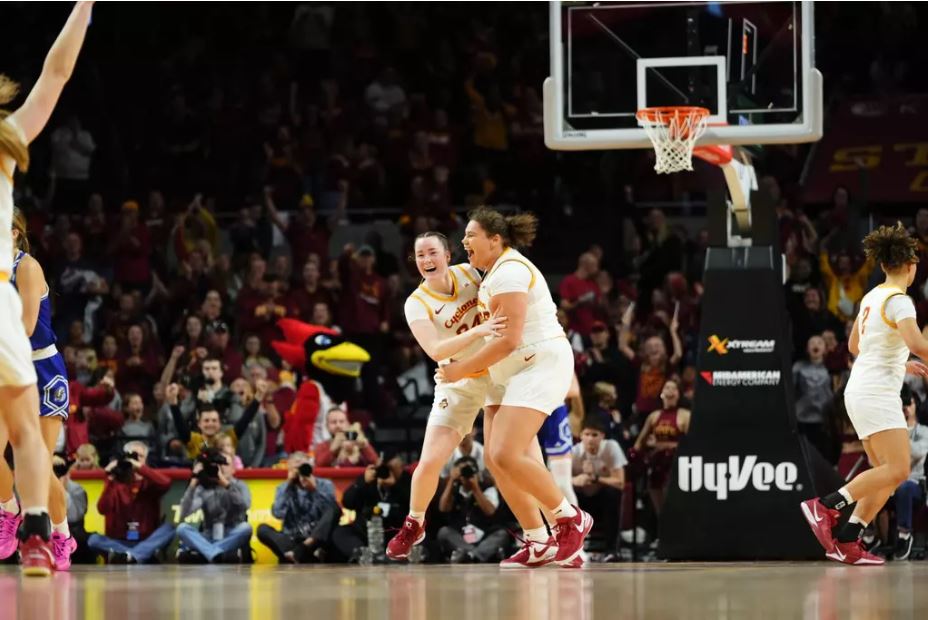COLUMN:Support American beef at Wendy’s
June 12, 2002
At the beginning of last week, I received a disturbing e-mail describing the recent decision by McDonald’s to start importing beef from Brazil. The e-mail recounted how the country of Brazil does not have the same regulations as the United States and thus the beef would be unsafe for human consumption by our standards. I was infuriated, as were many people I discussed this with.
However, after doing some research on the subject by calling the Iowa Cattlemen’s Association, I was given some very intriguing information by Michelle Baumhover, director of consumer promotions and youth programs at the ICA.
Here is a little background for those not familiar with the beef industry. Typically the beef that you buy in the grocery store is grain-fed fat cattle, steers and heifers. Conversely, the hamburger that you buy at your local McDonald’s, Wendy’s or Burger King is lean-and-trim cow meat. The consumer prefers lean-and-trim cow meat because of cost and the belief that it is healthier.
Recently, there has been a lack of lean and trim, thus fast food restaurants have found that they have to blend the lean and trim with the higher quality grain-fed meat, which is more expensive than the lean and trim and not as healthy.
McDonald’s recently publicly acknowledged their decision to import beef from Australia and New Zealand, which is a major change from their earlier policy to use 100 percent domestic beef. Mcdonald’s and the other restaurants want beef from places such as Australia, New Zealand, and Brazil because they produce almost completely grass-fed beef.
Grass-fed cattle typically produce leaner meat, and McDonald’s wants that lean beef for their hamburgers. The United States producers at this time cannot provide enough lean-and-trim, because cowherds are down and producers are hanging on to their cows longer.
Also, Americans are finding that instead of just grinding up the cow for hamburger like we always did, now we are taking cuts of meat from the cows. This means it is now okay to enjoy cow steak, where it used to be just steers and heifers for this use. Consequently American lean-and-trim is worth much more than just hamburger and is pricier than imported beef.
Baumhover was wrong about Brazil being the country that would threaten American producers. At this time it is not possible for Brazil to export anything but canned meats because they have a breakout of foot-and-mouth disease. Nonetheless, Brazil could become competition in the coming year after they have proven their herds are disease-free.
Baumhover was right, though, that countries like Australia and New Zealand have a quota on the amount of beef they are allowed to export to the United States. Australia has the largest quota, and last year they maxed it out. Now Australia is attempting to get the quota raised so it can export more beef to the U.S.
Beef producers should not be angry at McDonald’s importing beef, Baumhover said. Instead they should be mad about the rising Australian quota. This could potentially do a lot of damage to the United States cattle market. McDonald’s is the number-one buyer of domestic beef. The cattle industry values that business. Clearly, they do not want to see foreign quotas raised.
McDonald’s is running a trial of mixing exported lean and trim with the domestic producer’s lean and trim in 400 restaurants in Florida and South Carolina.
Apparently Mcdonald’s is not the only restaurant doing this. Baumhover said of the many that are, Mcdonald’s is the only one with the guts to admit to it. McDonald’s (excluding the test locations), Wendy’s, and Culver’s are the only chain restaurants that are definitely using only domestic beef.
Of those, Wendy’s uses only fresh beef, which means they don’t use frozen beef, meaning it would be impossible for them to use imported beef. So when you get the urge for a fast food burger, make sure to visit your local Wendy’s and support American producers.
Danelle Zellmer is a sophomore in public service and administration in agriculture from Atlantic.






